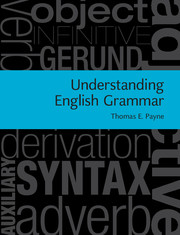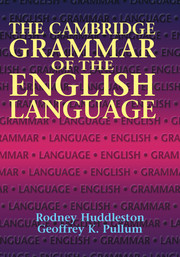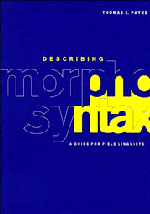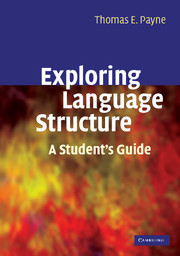Understanding English Grammar
Language is primarily a tool for communication, yet many textbooks still treat English grammar as simply a set of rules and facts to be memorised by rote. This new textbook is made for students who are frustrated with this approach and would like instead to understand grammar and how it works. Why are there two future tenses in English? What are auxiliaries and why are they so confusing? Why are English motion verbs hard to use? Why are determiners so important in English? These and many other frequently asked questions are answered in this handy guide. Student learning is supported with numerous exercises, chapter summaries and suggestions for further reading. An accompanying website offers further resources, including additional classroom exercises and a chance to interact with the author. It is the essential grammar toolkit for students of English language and linguistics and future teachers of English as a Second Language.
- Unlike other textbooks, it helps students to understand grammar rather than simply see it as a set of facts and rules to be memorised
- Rather than focusing on small details, it gives students the bigger picture about where grammar belongs in language more broadly, helping them to understand why English grammar works the way it does
- Student support in the form of exercises, further reading sections, a useful glossary of terms, and website resources make this into a unique learning package that will equip readers to engage confidently with the complexities of English grammar
Reviews & endorsements
'A superb introduction to English syntax, its internal variation and typological background, combining rigorous argumentation with a functional approach.' Bernard Comrie, Max Planck Institute for Evolutionary Anthropology and University of California, Santa Barbara
Product details
December 2010Paperback
9780521757119
452 pages
246 × 190 × 21 mm
0.97kg
17 b/w illus. 24 tables
Available
Table of Contents
- Introduction
- 1. History
- 2. Typology
- 3. The lexicon
- 4. Morphology - the shapes of words
- 5. Participant reference
- 6. Actions, states and processes
- 7. Basic concepts in English syntax
- 8. Advanced concepts in English syntax
- 9. Complementation
- 10. Modification
- 11. Auxiliaries and the 'black hole' of English syntax
- 12. Time and reality
- 13. Voice and valence
- 14. Clause combining
- 15. Pragmatic grounding and pragmatically marked constructions.








